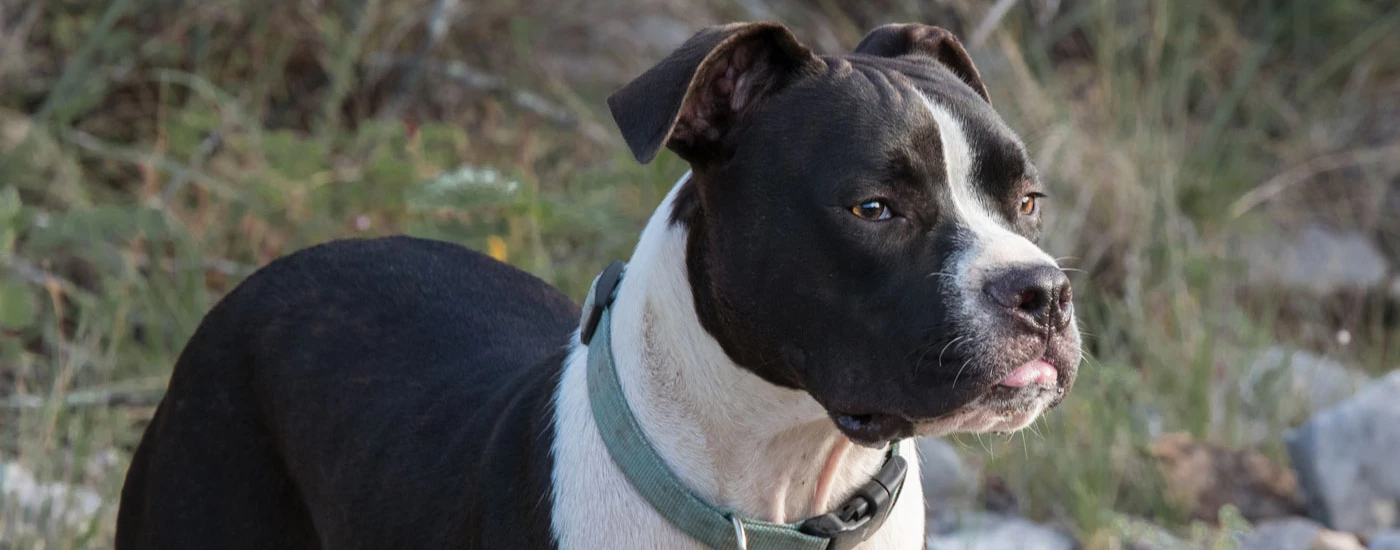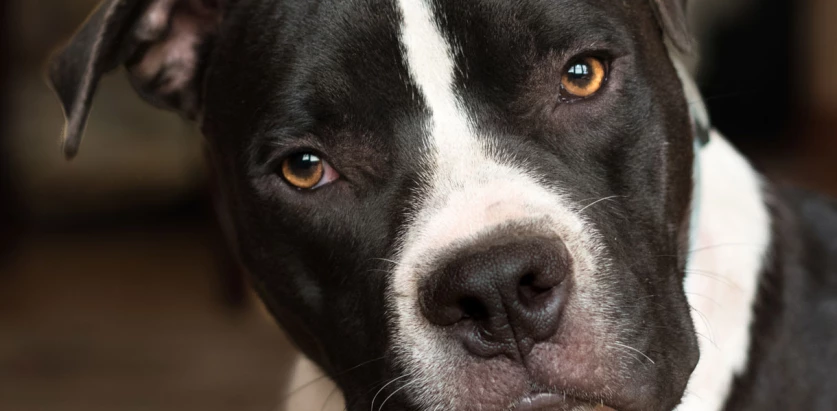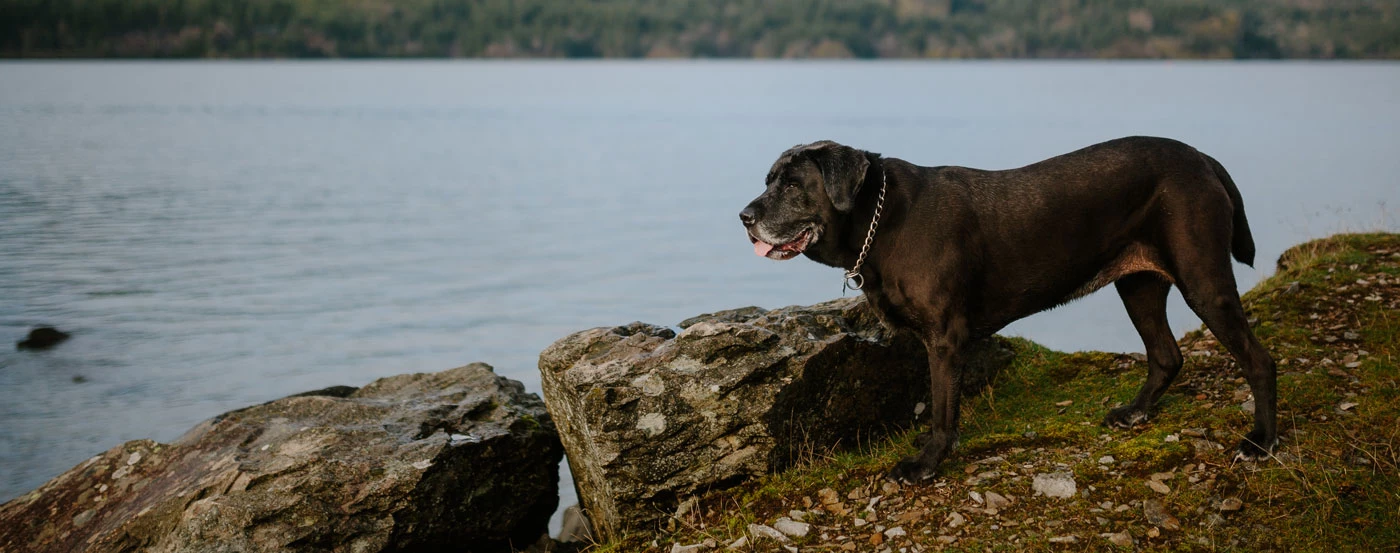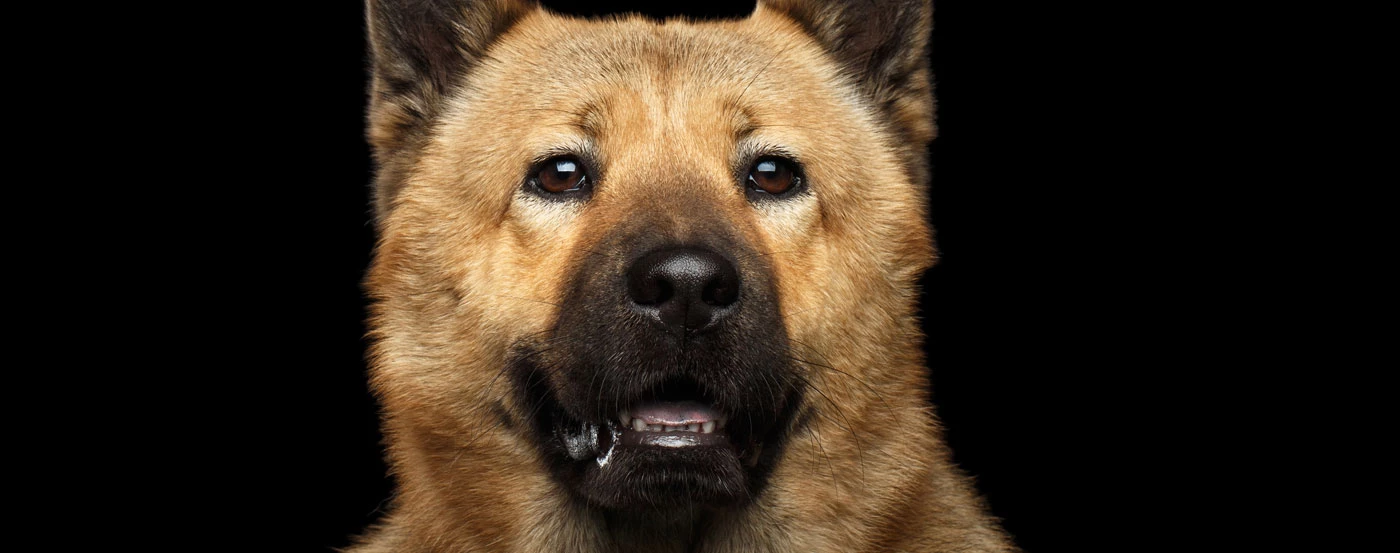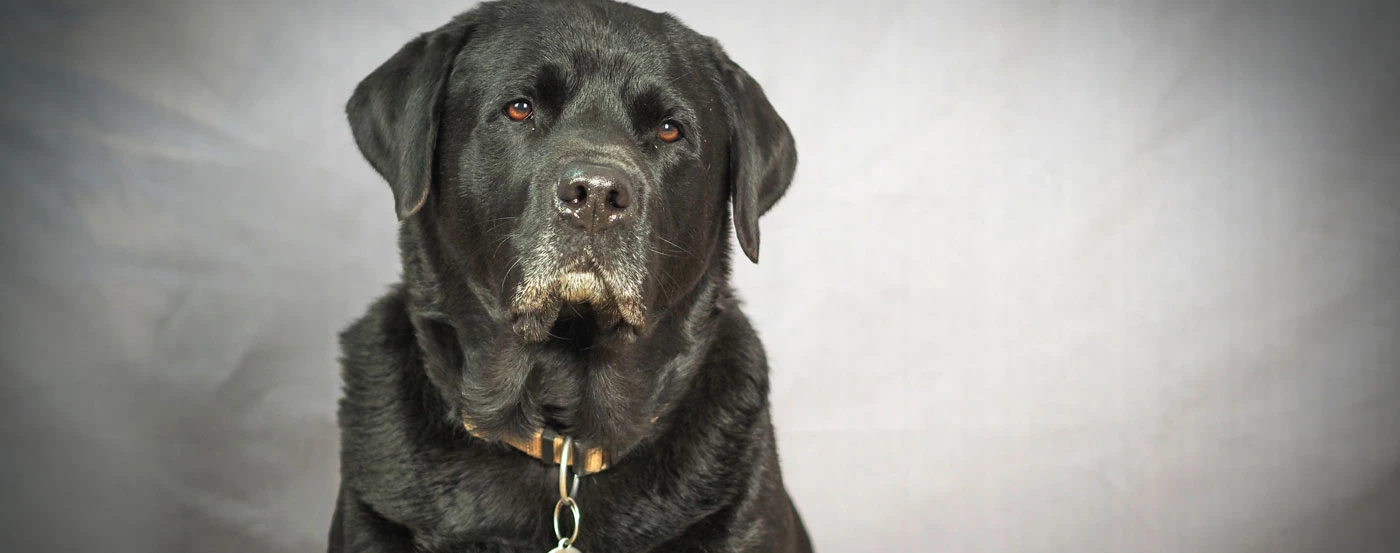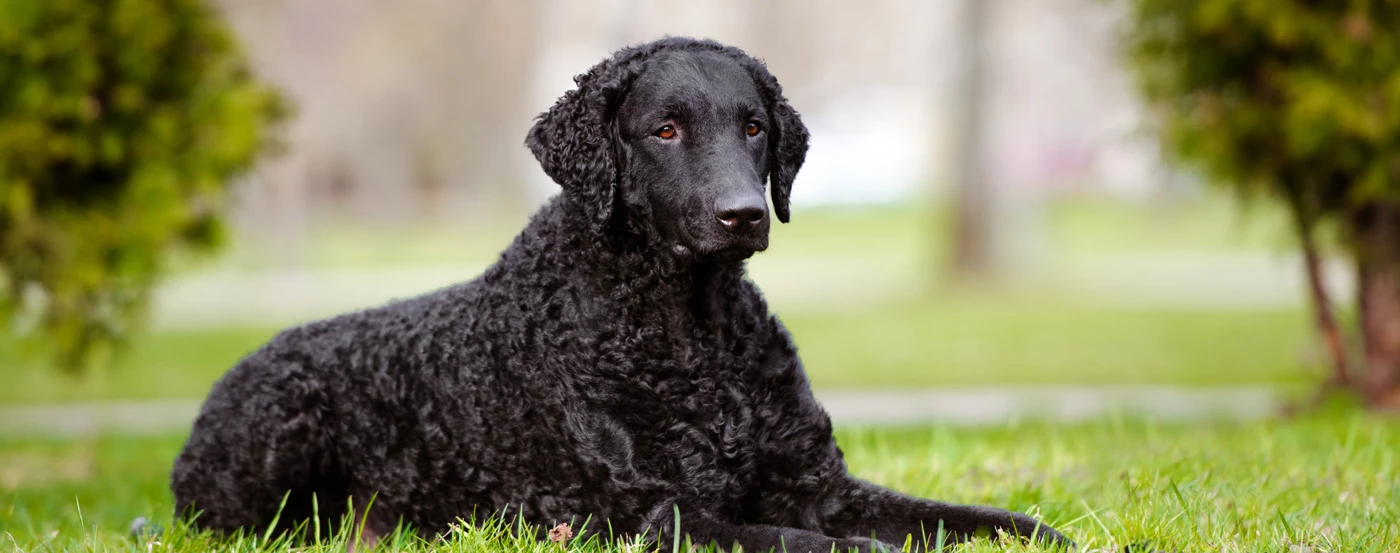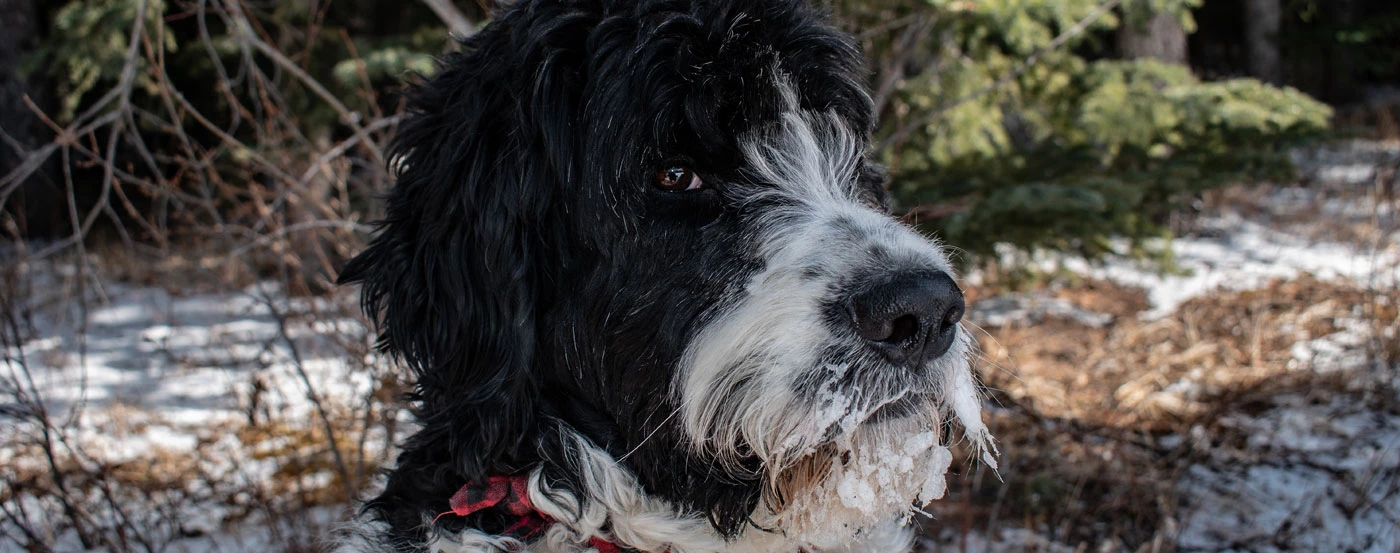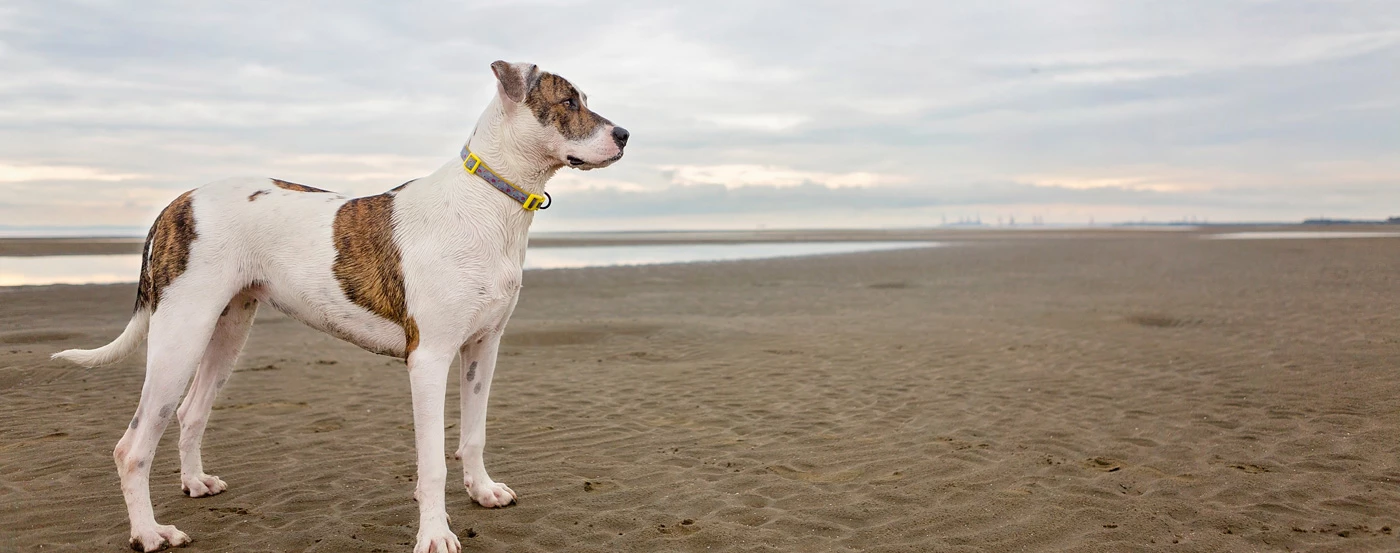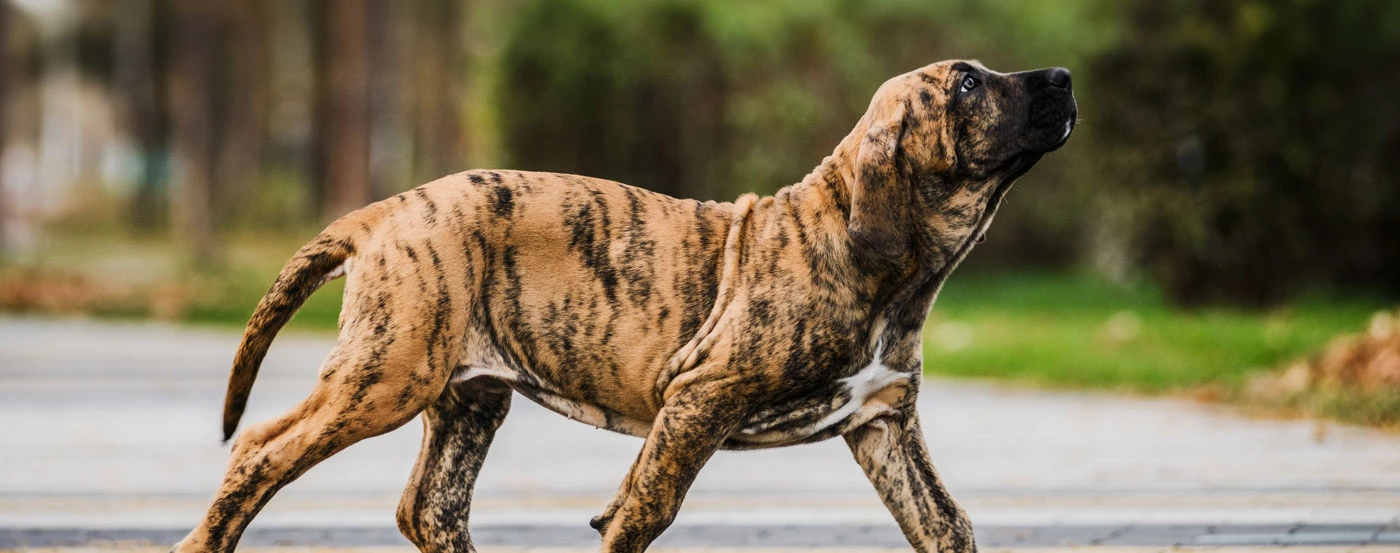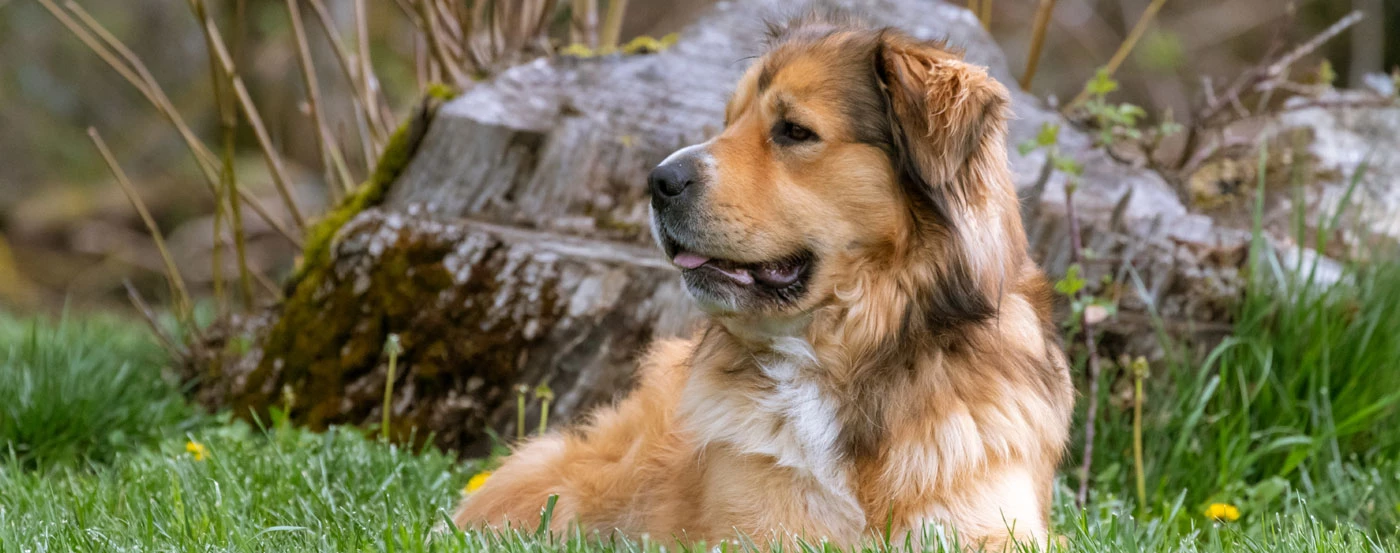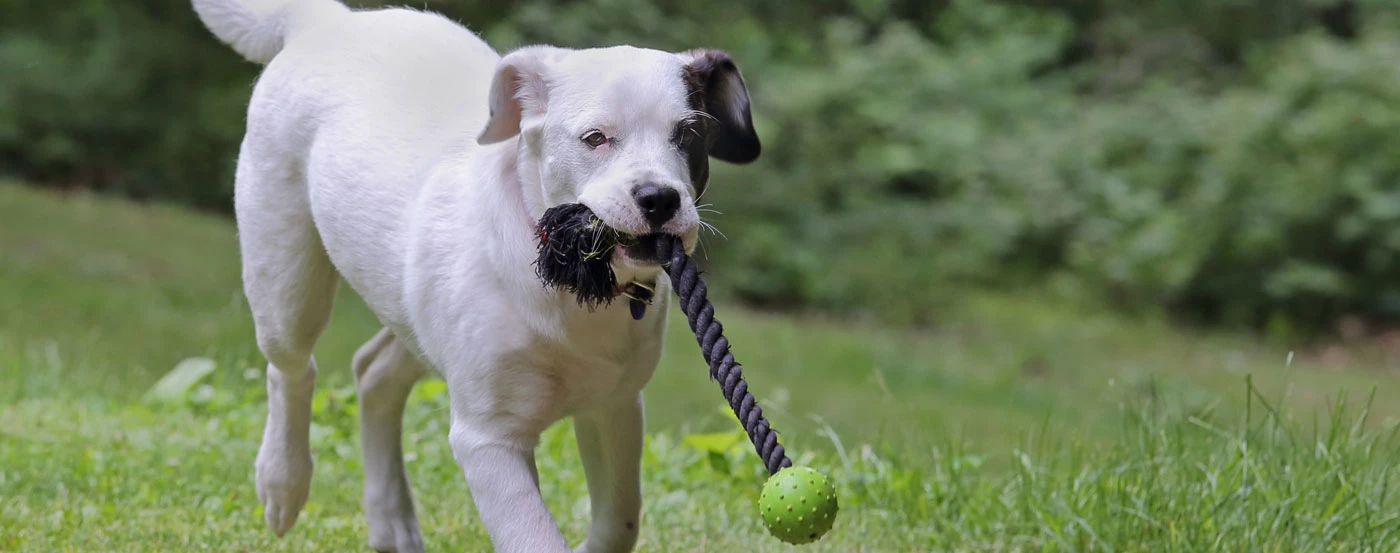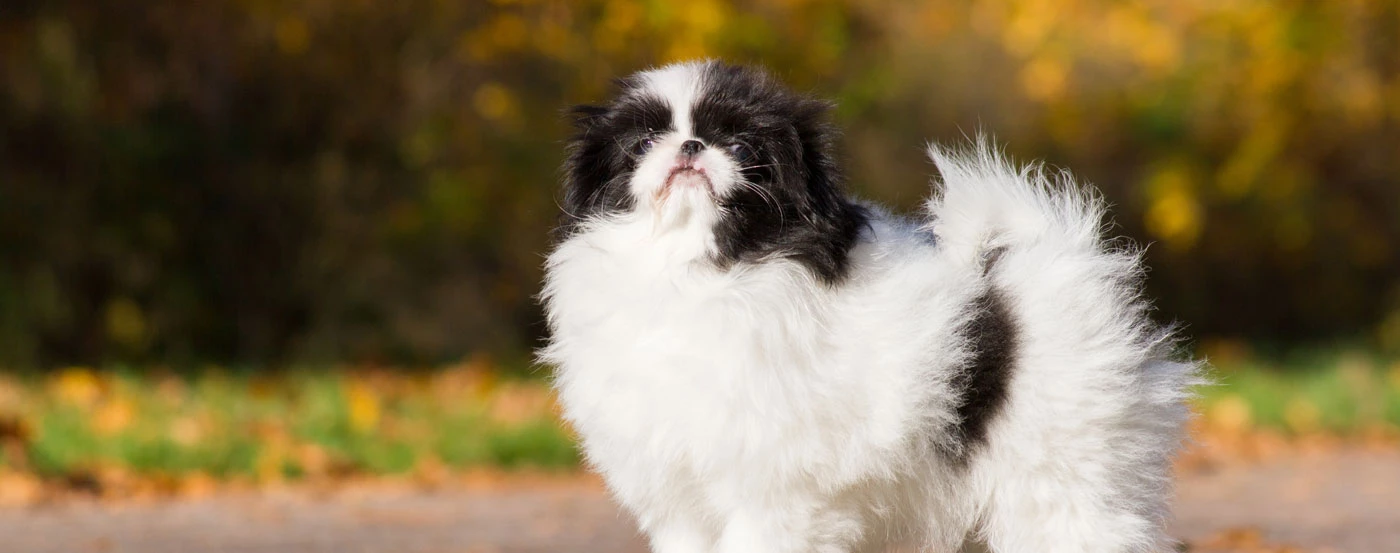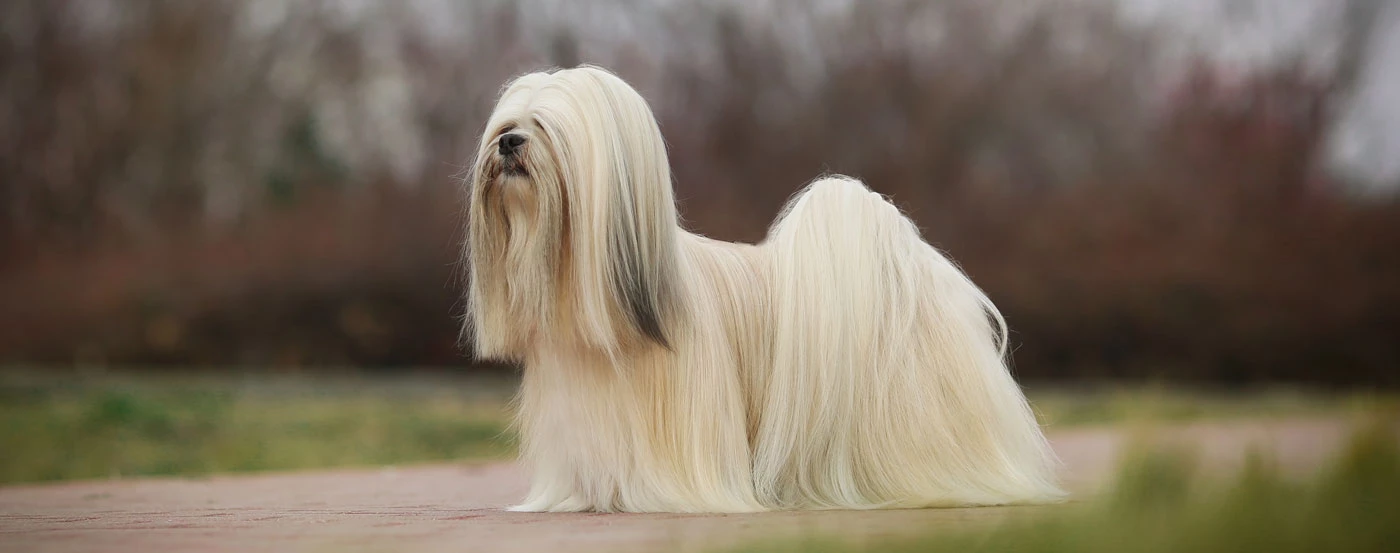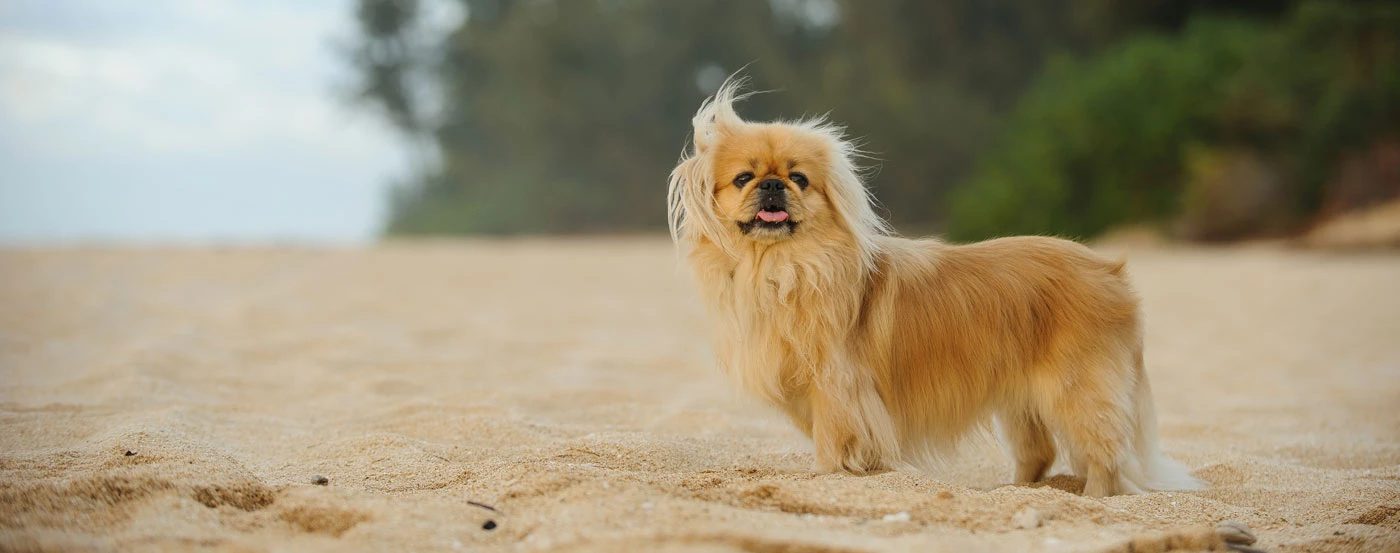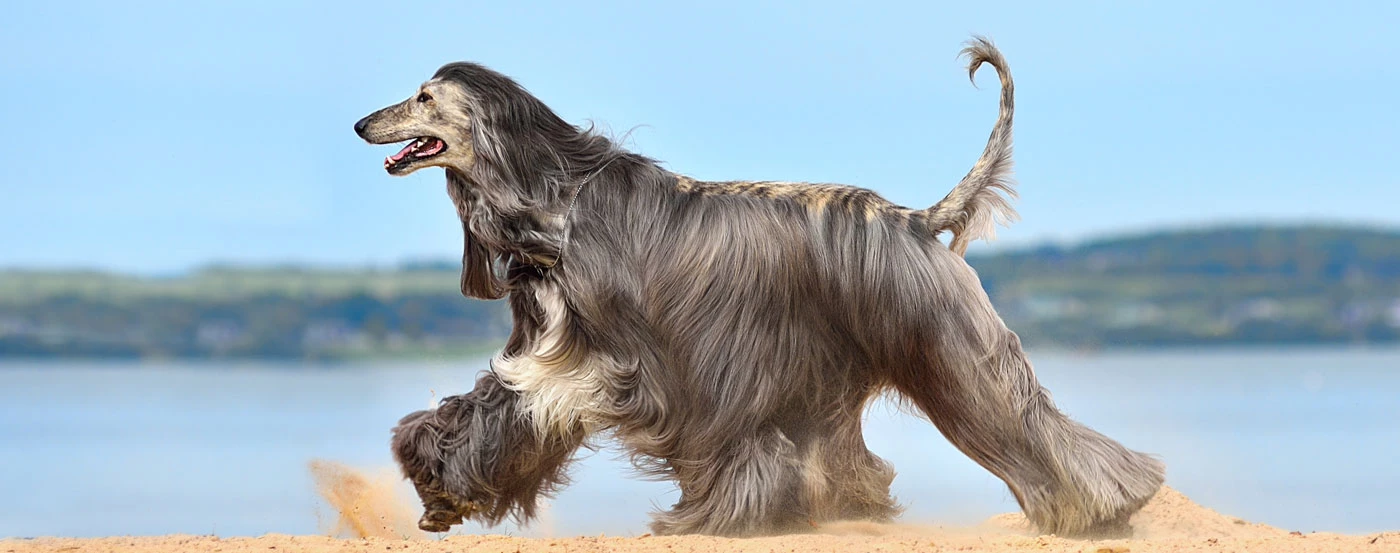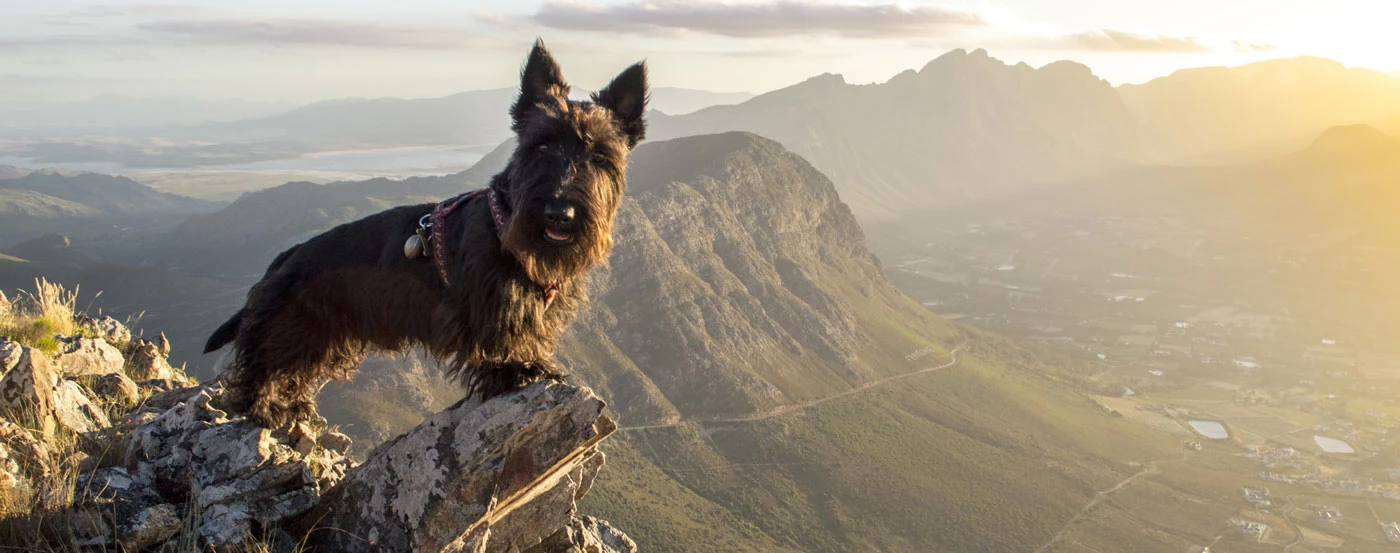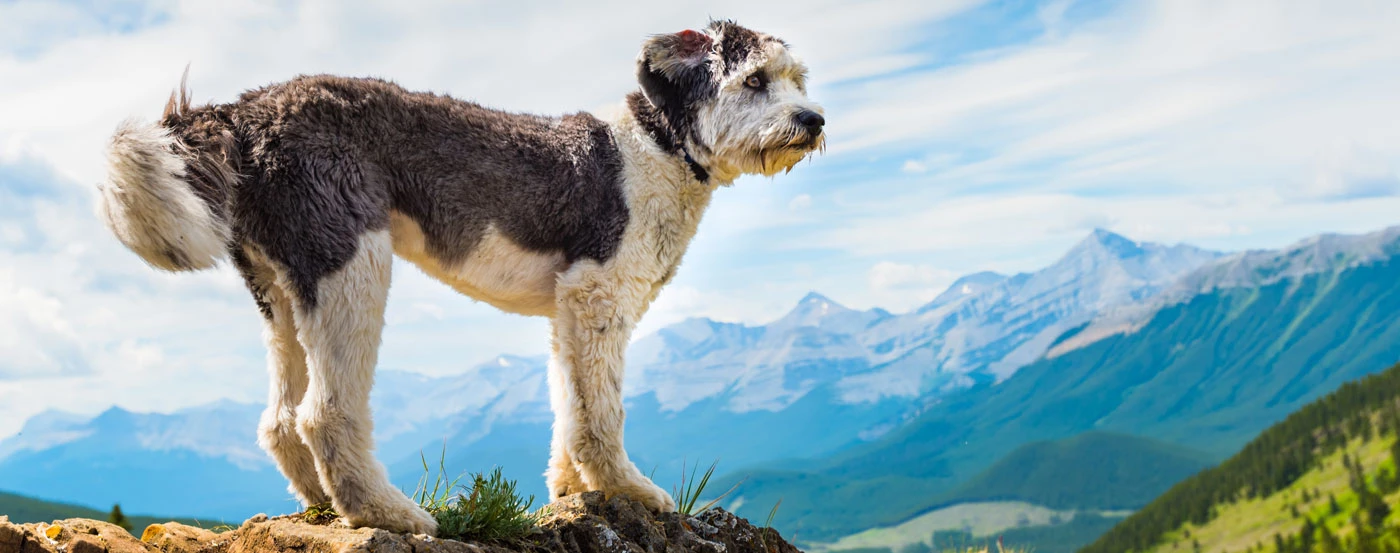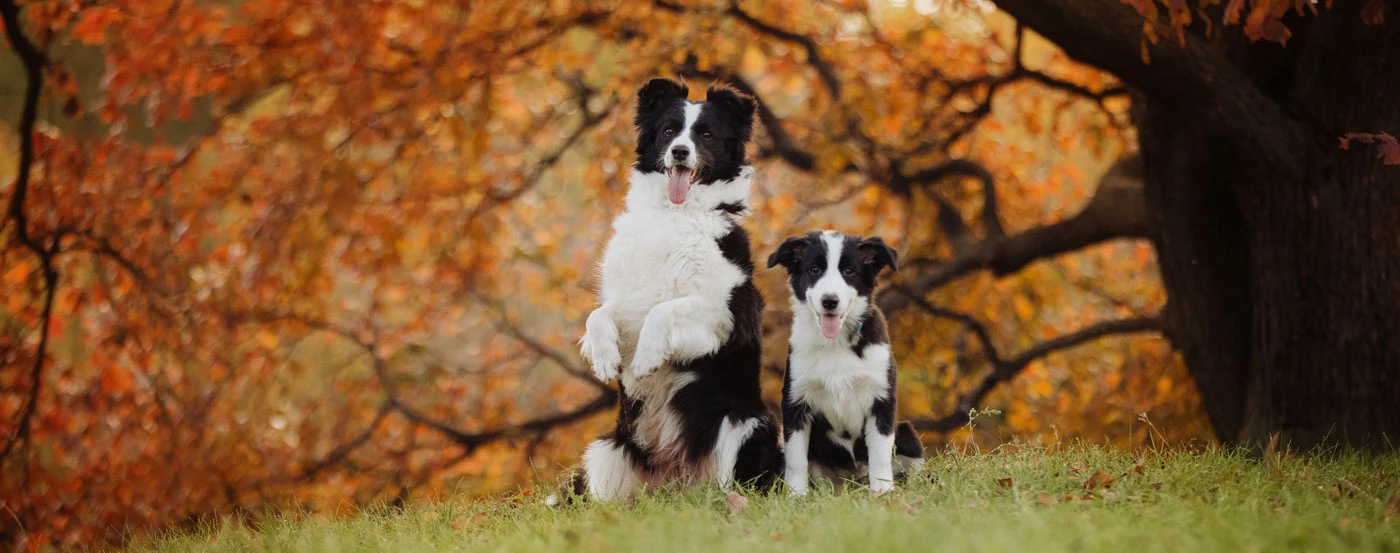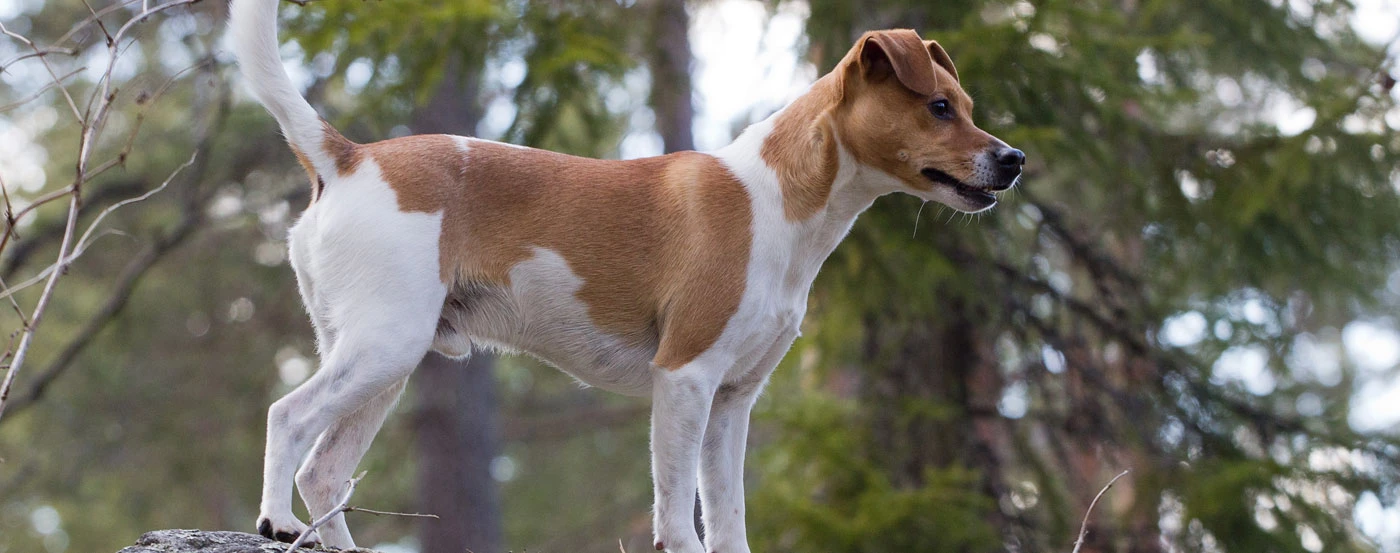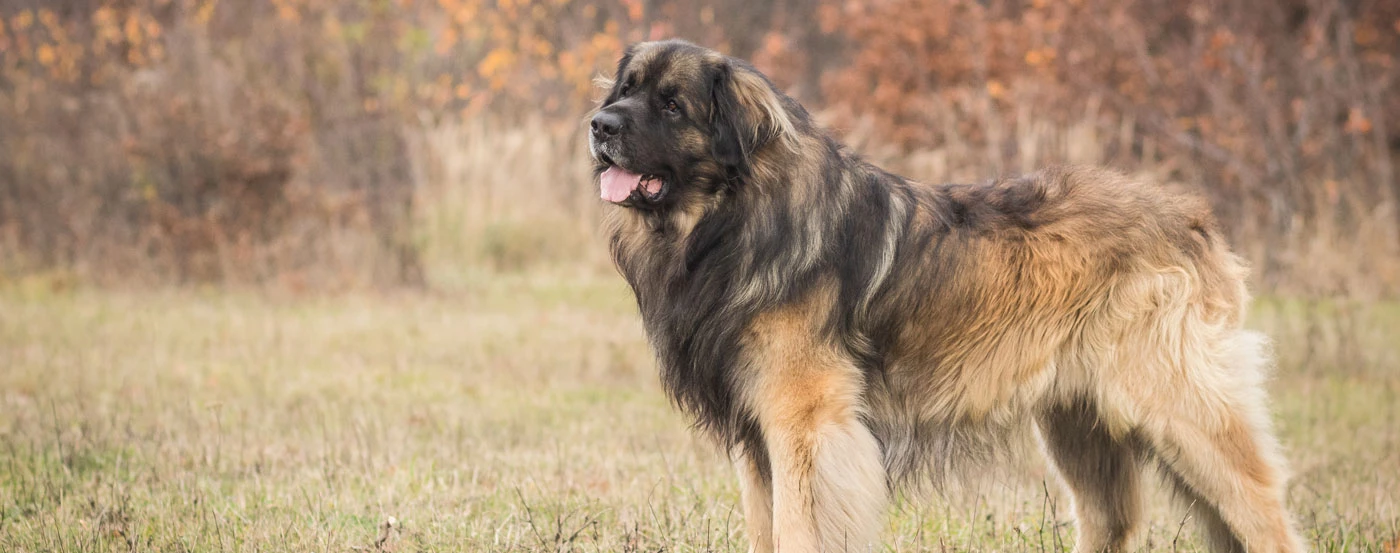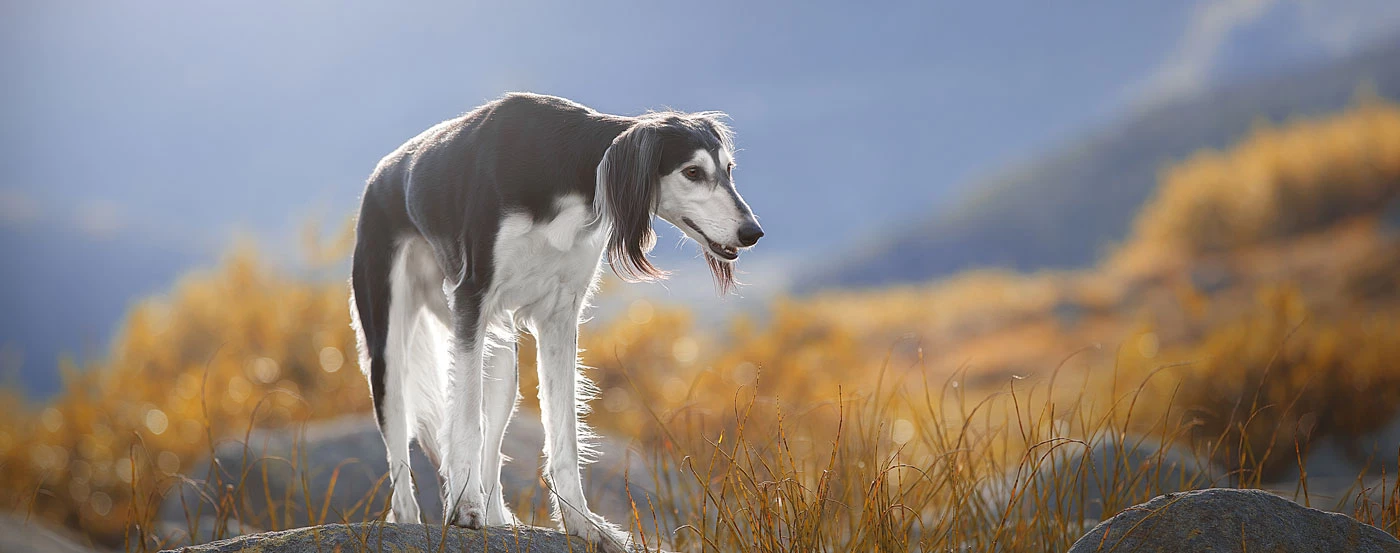About the Valley Bulldog
Are you looking for a furry friend to add to your family? Maybe you're a novice dog owner and you're wondering whether the Valley Bulldog is right for you? If so, this breed guide is just what you need.
Whether you need advice on feeding and grooming or you want to know the origins and history of this breed, you'll find it all right here. Want to know more about the Valley Bulldog? Of course, you do! Read along as we explore this breed in more detail.
Valley Bulldog Gallery
What is the history & origin of the Valley Bulldog?
Also known as the Bull Boxer, the Valley Bulldog gets its name from Annapolis Valley situated in Nova Scotia, Canada. This breathtaking location is the place of origin of this canine breed. There they are commonly used as herders and watchdogs to protect livestock.
Valley Bulldogs were found in the mid-1900s, however, they may have naturally existed before that. Today, the Valley Bulldog is still a popular and common breed in the area, being much-loved companions and helpers.
These canines were created by breeding the two parent breeds - the Boxer and English Bulldog. The goal was to have an even-tempered dog with the athleticism of the Boxer and the bravery and courage of the Bulldog.
Combining these breeds also created a healthy dog, because the cross-breeding eliminated many of the health conditions associated with the Bulldog breeds. Although they started as a mixed breed, Valley Bulldogs can now be purebreds by breeding a female and male of the same breed.
Who are Valley Bulldog dogs best for?
These cute pooches make great apartment companions for active people and they can also adapt to living with big families. These Bulldogs love kids and they make great companions for older children who enjoy being active.
Unfortunately, they're not ideal for toddlers as they may be too rambunctious and might accidentally knock the child over during playtime.
How much grooming does a Valley Bulldog need?
Valley Bulldogs are quite easy to look after, with the hardest part of their upkeep being the folds of skin around their body, face, and tail. To keep your pooch healthy, ensure these areas are kept dry and clean at all times, otherwise, an infection could develop.
This shouldn't be time-consuming but it will need to be done every day. The Valley Bulldog has a very soft short coat that's easy to groom. This breed only sheds moderately so you won't have to spend hours and hours every week grooming! Baths are also rarely needed.
Other needs that the Valley Bulldog has include teeth brushing, which you'll need to do at least a few times per week, ideally every day. Their claws will also need to be clipped around twice a month, depending on how much they get worn down on walks. Your pup's ears will need to be checked and cleaned once a week too, to prevent ear infections.
Do Valley Bulldog bark much?
Generally, Valley Bulldogs are not excessive barkers. However, they may bark if there's someone at the door or if they notice a stranger approaching. They're loyal and protective of their home and family.
The quiet nature of this breed is likely down to the Boxer and Bulldog parents as neither are known to bark a lot. If a Boxer barks, it tends to be for a good reason. The English Bulldog is similar, only barking when it's necessary such as if there's a disturbance or there's someone at the door.
That said, training and socialising from a young age can help stop excessive barking from becoming an issue.
Do Valley Bulldog bite?
Neither parent breed is known for being aggressive, so biting should not be a problem with your Valley Bulldog. However, every dog can bite so you'll need to ensure that you begin training and socialisation as early as possible.
Exposing your Valley Bulldog puppy to as many different people, other dogs, sights, and sounds as possible will help it to become a well-adjusted and balanced adult.
What is the temperament & personality of a Valley Bulldog?
The Valley Bulldog's temperament is kind, sweet, and willing. They suit owners who can act as the pack leader and once they're properly socialised and trained, they can be perfect companions for their humans. They also get on well with other dogs and pets.
The charming personality of the Valley Bulldog will bring joy to everyone in the family - their gentle and calm nature can quickly switch to goofiness and playfulness!
What is the weight & size of a Valley Bulldog?
Because it's still a relatively new breed, there aren't many standards when it comes to the Valley Bulldog's size. However, being a Bulldog Boxer mix, the Valley Bulldog typically reaches a medium to large size of 30 to 63 centimetres and most will reach weights of between 22 to 56 kilograms.
That said, because it's still a new breed, both male and female dogs can be larger or smaller depending on which parent genes are the most dominant.
How much training does a Valley Bulldog need?
The Valley Bulldog is a very intelligent breed which means they're quite easy to train. However, you will need to have strong leadership skills as your pooch will rely on you to show what's expected of it.
A firm but gentle training approach and rewarding good behaviour are needed. Never punish your pooch for getting something wrong. Instead, lots of positive reinforcement should be given - treats, praise, and lots of cuddles when your pup gets anything right.
What are some of the most common health issues for a Valley Bulldog?
Unlike pure dog breeds, the Bull Boxer isn't prone to a long list of health problems. They're generally very healthy dogs, but, they may be at risk of a few of the conditions that the Bulldog and Boxer parents face.
Although not every Valley Bulldog will suffer from some, or even any, of the health issues associated with the parents, owners will need to be aware of them. This is why good care and regular health checks by a vet are essential for your pooch.
Some health conditions your Valley Bulldog may face are skin problems and breathing difficulties. To avoid skin infections, always make sure the skin is clean and dry.
The breathing problems could be caused by the shape of your dog's muzzle - if it has a "squashed in" Bulldog nose it may have trouble breathing properly.
What is the lifespan of a Valley Bulldog?
The Valley Bulldog has a life expectancy of around 10-12 years. But, this lifespan depends on various factors such as the absence of health problems, dietary matters, and overall grooming and hygiene.
Providing your pooch with good health care, a balanced diet, and regular wellness checks by your vet can help to ensure it has many happy and healthy years with you!
How much should you feed a Valley Bulldog?
Your Valley Bulldog's diet should consist of food that's formulated for medium-size active breeds. These Bulldogs do put weight on easily if they're overfed, so regular feeding times are essential. Never leave food out during the day and keep treats to a minimum too!
Like all dogs, your pooch's food needs will change as it goes from puppyhood into adulthood. Further changes will need to be made as your pooch enters its senior years too.
Many factors affect each dog's dietary needs, including size, age, weight, activity level, and general health. For this reason, it's always a good idea to ask your vet what they recommend that you feed your dog.
What is the price of a Valley Bulldog in Australia?
Valley Bulldog puppies tend to cost between $500-$900, although this depends on the location of the breeder and the quality of the puppies. Always make sure you buy from a reputable and responsible breeder who screens their dogs for health conditions. This ensures you'll have a healthy and happy dog joining your family.
Pros
- Very protective
- Low grooming needs
- Playful temperament
Cons
- Short lifespan
- May bark a lot
Prone to obesity
